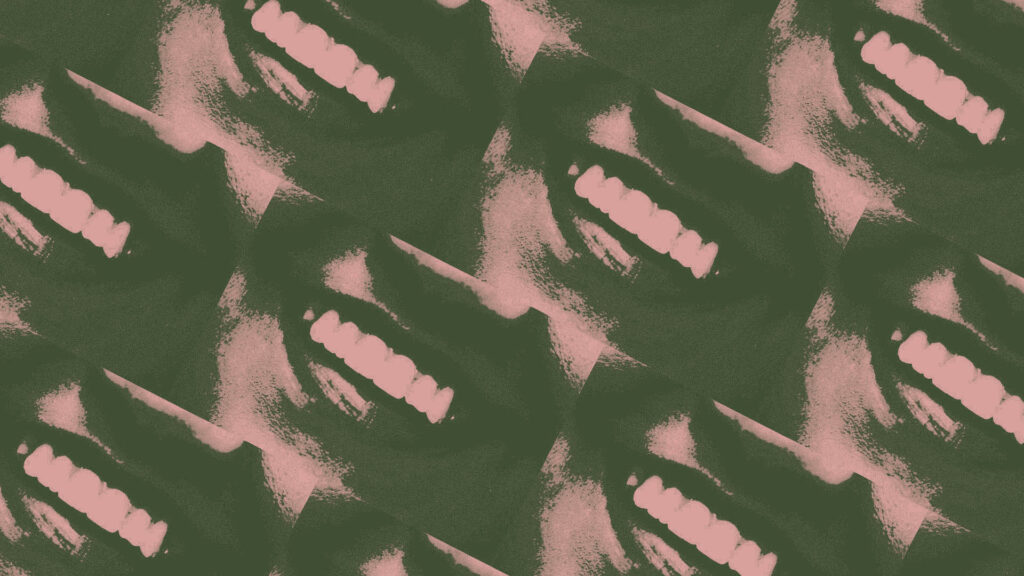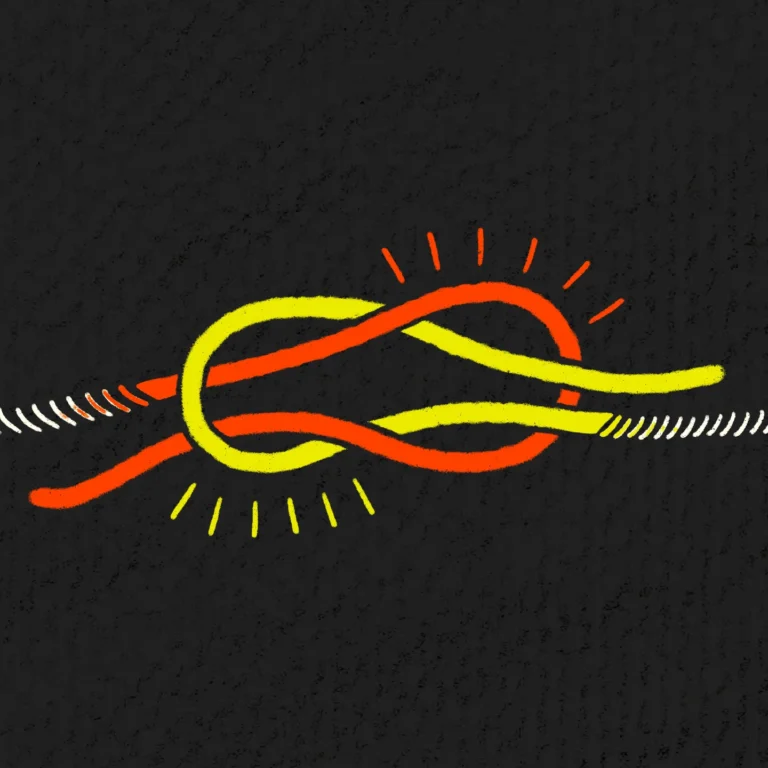
The Negative Side of Positivity
It’s hard not ceding your entire brainspace to a global pandemic. My thoughts swirl with protection mask DIYs, 20-second songs for washing my hands and little gifs trying to explain deep breathing meditation. These are all positive media trying to counter the negative uncertainty from ~all of this~.
I recently took a virtual Beating Burnout course—thanks MPLS Madwomen!—and a huge tool that I took from that was how to neutralize negative thinking. The common solution to negativity is usually to counter it with positivity, but it’s difficult to shift from one extreme way of thinking to another extreme way of thinking. Neutralizing negative thinking means you undergo a smaller shift and focus on the facts of the situation.
That means getting off the mental seesaw between “Everything is a disaster” and “Everything will be ok!” But that’s still a hard jump onto solid ground, and it’s still hard for me to even describe the “ground.” What are the facts of this situation? Gathering these facts and processing reality takes specific, personal rituals and activities.
One example of this framework in action is how cultural rhetoric and Instagram influencers play into how we relate to our bodies. Body positivity asks people to find the beauty in their appearance, while body neutrality asks that people accept their bodies for what they are. Bustle dives deep into the divide here. Shifting from “this is ugly” to “this is beautiful” isn’t just difficult—it can feel forced or inauthentic. Shifting from “this is ugly” to “this is who I am” functions to soothe with facts and not perception.
How can a brand be neutral?
In 2019, Nike updated their London store with diverse mannequins featuring a range of bodies reflecting their varied size offerings. Their earned media centered on celebrating female athletes and their sportswear needs. A pretty straightforward, inclusive and product-focused move. In response, the Telegraph ran an opinion article about Nike’s plus-size mannequins, making incongruent claims about the mannequin’s athleticism and blah blah blah. It is a solidly wrong opinion, but you can read more here. The response to the singular opinion, was overwhelming. Women shared images of varied bodies in action as confirmation that the mannequin reflected real world athletes.
The difference between these ways of thinking also extends to brand messaging. Nike, to minimal fanfare, released diverse product lines that reflected the lived reality of the athletes they served. No weight loss messaging, no body love messaging, just supply to meet demand.
Now back to COVID-19. How can a brand share stories and employ messaging that lives in this reality? How can a brand shift what they say to soothe with facts rather than gloss over realities with sentiment or perception?
Don’t Mimic the Timeline
How can your messaging sustainably be adjacent to an onslaught of bad news? Is it to strongly counter, with optimism? Is it to mimic the messaging, while trying to incorporate your own?
I like how ads have gone from “buy a toyota” to “this is a difficult and uncertain time for us all…buy a toyota”
— Primary Takes Provider (@InternetHippo) April 14, 2020
“First lines of emails I’ve received while quarantining.”
For example, let’s look at Potbelly’s storytelling efforts. Potbelly used video-conferencing to continue their brand mission, elevating the reality of an isolated lunch and making it the communal experience it could be. While they’re only sharing their singular perspective, the reality they use is more authentic than an imagined one based in platitudes. You don’t need to imagine everyone’s suffering, just be realistic and candid about what you’re actually going through.
Uncertainty is Table Stakes
You also don’t need to go for low-hanging facts. Everyone is experiencing uncertainty, and in different, incomparable ways. Bringing up uncertainty and pretending it’s a significant equalizer in the world shows at best naïveté and at worst, a lack of consideration. Instead, show ways that your brand or company is finding answers. By no means do we recommend trying to come up with every universal truth, but there are certainties that your company can provide.
Thread by @JuddLegum: 1. @darden, parent company of @olivegarden, DOES NOT provide its 170K+ restaurant employees w/paid sick leave (except in 11 states where it’… https://t.co/JFsUAYp84c
— VOTE! #Blue2022 (@i4dzn) March 9, 2020
Your brand can say thanks to employees for keeping the lights on and working hard in uncertain times. Or better yet, you can talk about your actionable work that makes what you do more humane and sustainable.
Captivate in Distinct Ways
Are there resources or media channels that you haven’t considered before? Your audience will thank you for doing what you can in engaging and thoughtful ways. For example, the Monterey Bay Aquarium is closed to guests, and projecting a 60% decline in revenue through 2020, with the high potential for staff furlough and layoffs.
Despite this, they still pursue their brand mission to “inspire conservation of the ocean” in creative, digital ways. They’ve used social media and technology to keep audiences engaged with their mission in many ways that only an aquarium can.
They’re even tapping into current conversations surrounding the recently released Animal Crossing: New Horizons game, doing livestreams on Twitch to connect the game’s flora and fauna to real-world lessons. While they face serious challenges from a financial standpoint, they can creatively pivot to sustain their mission. They’re not distracting or pivoting away from the difficulties ahead—they’re charging forward with resourcefulness to spark genuine learning and curiosity.
In conclusion, your messaging can’t rely on platitudes and empty notions of community. Thankfully, there are tangible ways of showing how you support your people, your industry and your audience through the reality of what we’re living through.





